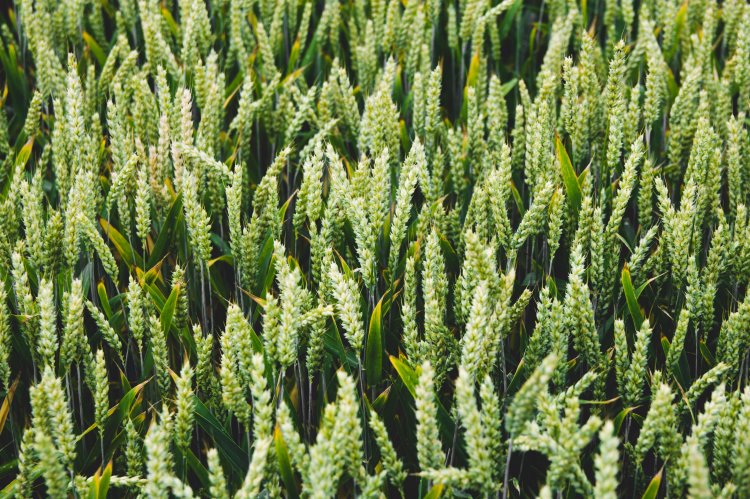Winter Wheat – December 2020
10 December 2020Diseases
Crops are looking decidedly mixed going into the winter, with many struggling and reports on some later sown crops unlikely to emerge in waterlogged conditions. There are not many reports of disease but there have been reports of frost heave in some crops after last weeks’ freezing conditions.
Pests
The results of the annual survey of wheat bulb fly egg populations are an average of 1.2 million wheat bulb fly eggs/ha, which is below the damage threshold for early sown wheat (2.5 million eggs/ha) but higher than the threshold for later sown-wheat (1 million eggs/ha). No fields that were tested this year had zero eggs present, with the highest count being 6.5 million eggs/ha. Just over 40% of the fields tested had egg counts exceeding 1 million eggs/ha. Consequently, there is a greater risk than usual this season of wheat bulb damage when eggs hatch in late January/February 2021. Fields particularly at risk are those after potatoes, field vegetables and fallow that sown with wheat from mid-October onwards (or spring barley next year). If a seed treatment has not been applied, then there are no other options as no insecticides are available for use at egg hatch or when deadhearts appear.
Wheat crops are particularly vulnerable to slugs up to GS12; beyond this stage they can usually grow away from any further damage, although crop growth may have stalled now for the winter. Slugs will be less active in the near zero degrees temperatures but could still be an issue if temperatures increase.
Sign up to the FAS newsletter
Receive updates on news, events and publications from Scotland’s Farm Advisory Service

